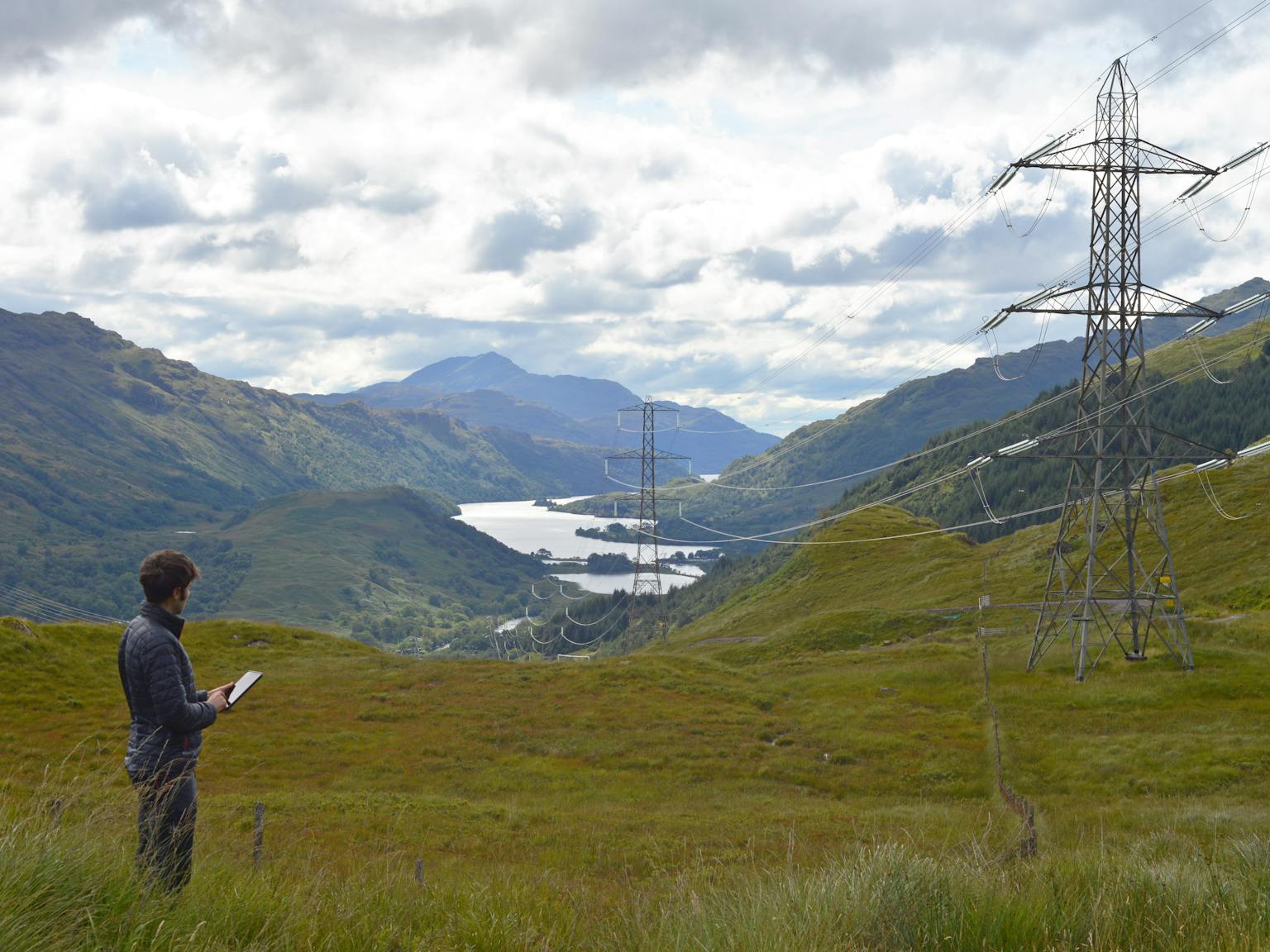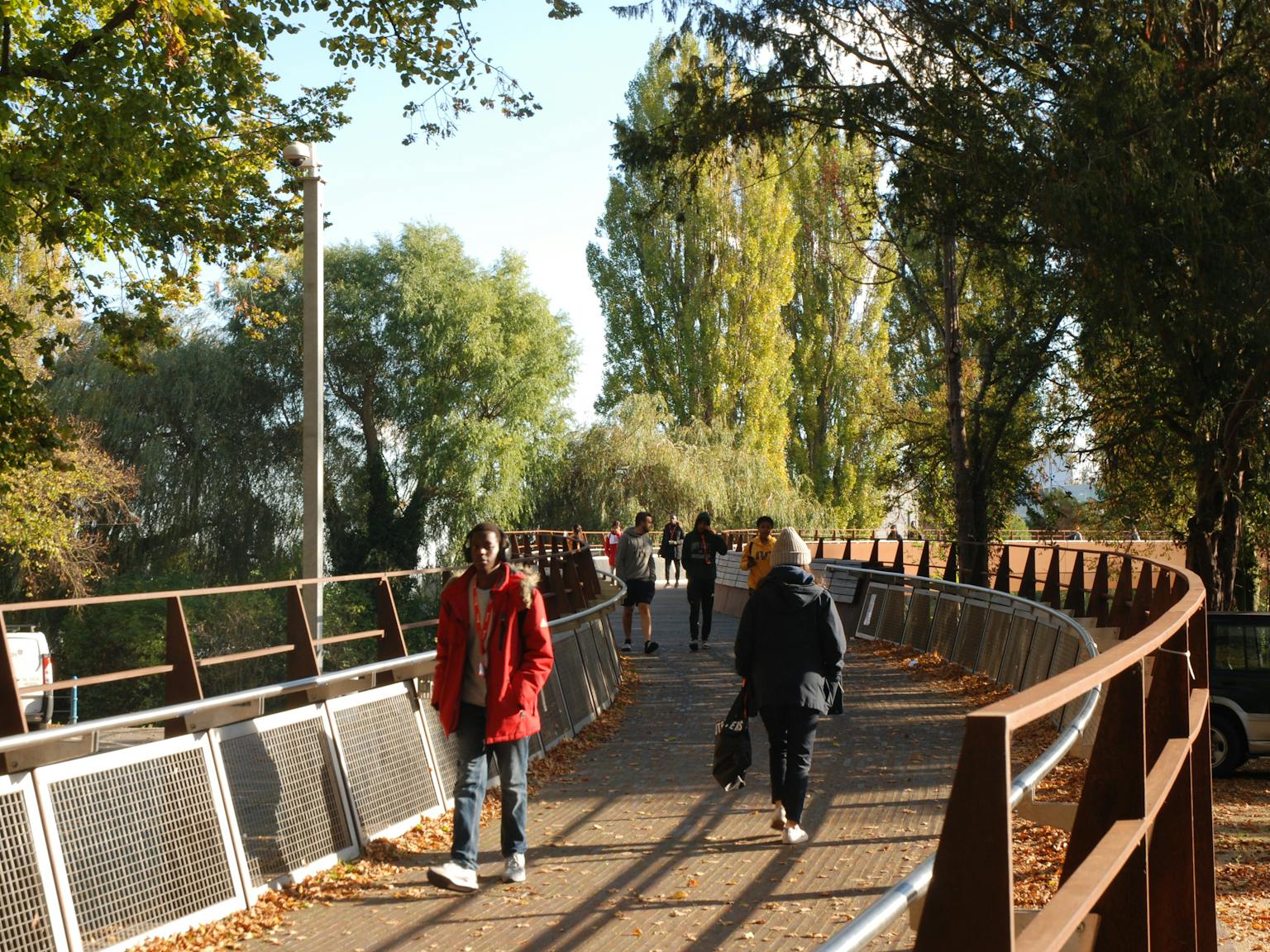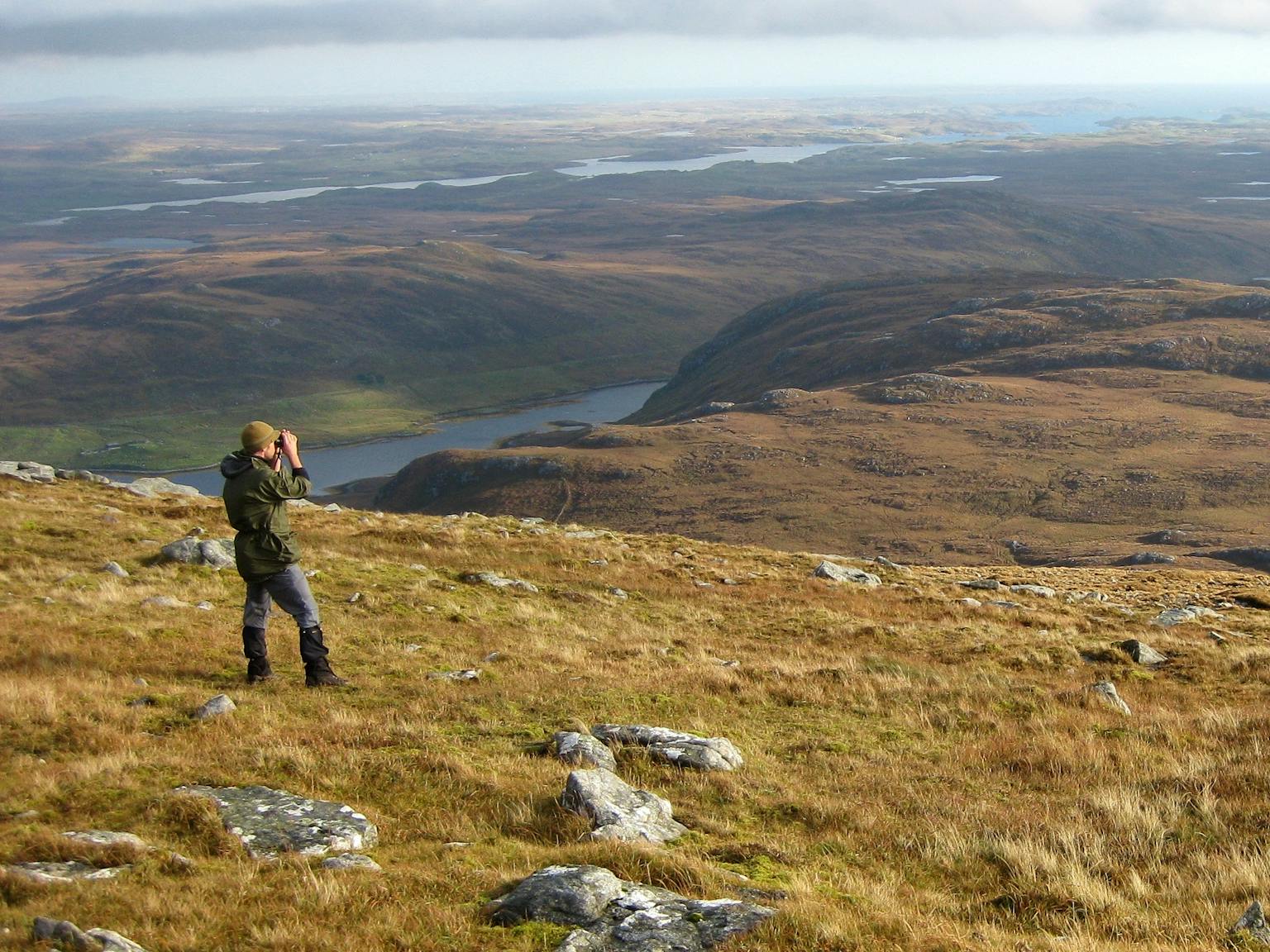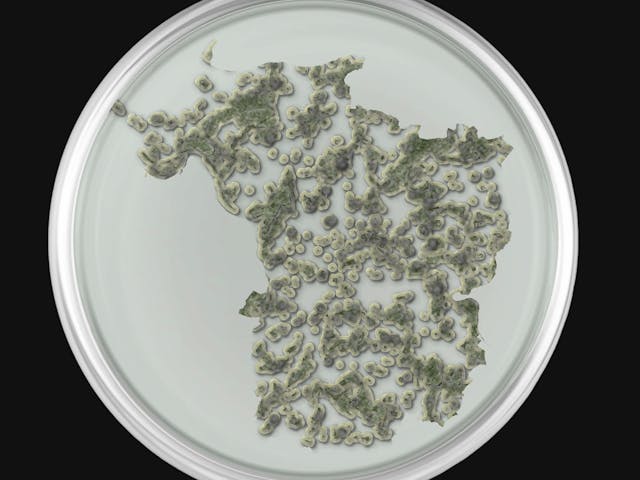
LUC’s GIS & Visualisation team gets creative with data mapping
In order to create a statement piece of art for our London office’s reception area, our GIS & Visualisation team took an artistic approach to visualising data by applying a consistent colour scheme across three different datasets, spanning the Greater London Area. By doing this, we were able to produce something which is both informative and aesthetically appealing, allowing viewers to explore and identify similar patterns between the datasets.
The first artwork (far left) shows the concentration of the Nitrogen Dioxide (NO2) pollutant present in the air which is used to assess air quality. As expected, higher concentrations of this pollutant (pink areas) are found in Central London, along major roads, and around Heathrow airport; with the lowest concentrations found further away from the City (green areas).
The second artwork (middle) visualises the Index of Multiple Deprivation (IMD) data across Greater London. The IMD is the primary measure of deprivation of small areas, and although the pattern is quite dispersed, the most deprived areas (pink areas) are in Inner London.
The final artwork (far right) to make up the triptych shows the intensity of lights shining up into the night sky during September 2015, with the highest emissions (pink areas) found in Central London. There are, however, pockets of brightness throughout the city with the areas of lowest emission (green areas) being generally rural and sparsely populated.











